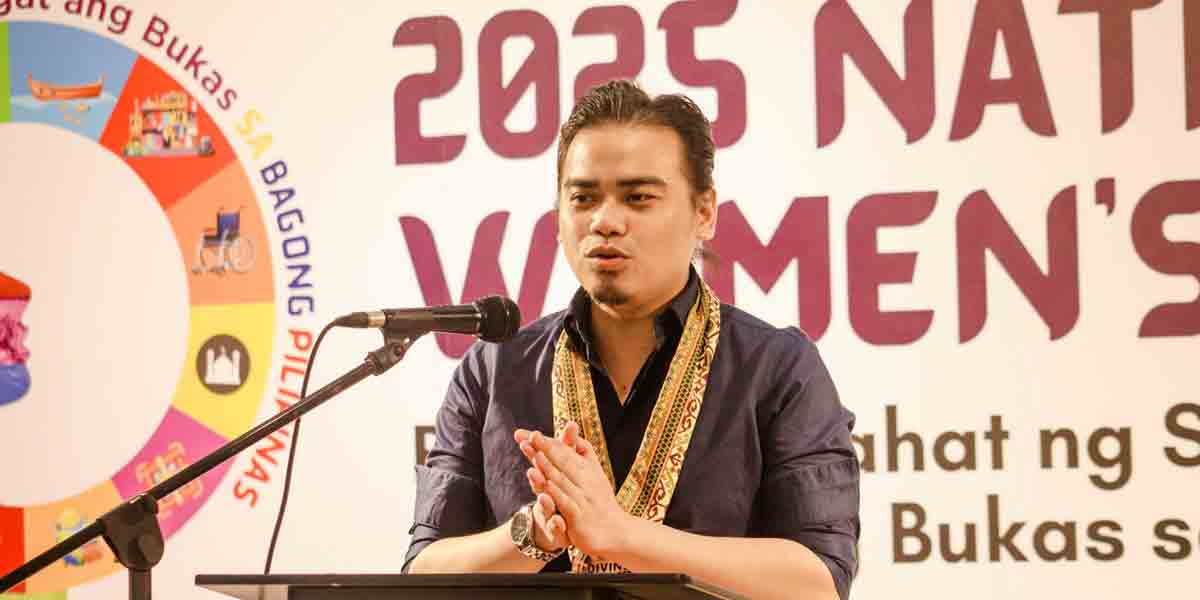By Herman M. Lagon
Despite its current ranking of 98th out of 193 countries with a score of 67.14, the Philippines is hoping for significant growth and improvement. This is evident when we compare it to top-ranking Scandinavian countries like Denmark, Sweden, and Finland, all of which have scores above 85, and the rest of the following top 17, all from Europe. With such a significant disparity between these countries and us, we have a challenging chance to fulfill its SDG commitments quickly and begin a trajectory of development and advancement.
All UN members embraced the SDGs in 2015. With these ambitious objectives, the world hopes to have a sustainable economic, social, and ecological future. Due to its varied ecosystems, growing economy, and complex social issues, our country faces a critical point. Whether or not the nation can turn these ambitions into real advantages for its 115 million citizens depends on today’s call.
SDG 4, which focuses on quality education, is paramount among the many SDGs. Recent findings, exacerbated by the recent pandemic, reveal significant educational opportunities and standards gaps. Implementing immediate systemic changes to education to restore dropout rates to pre-pandemic levels is crucial, but it is also a pressing necessity to expedite the transition to education systems that are more inclusive, of higher quality, and future-ready.
We should ask why education is being prioritized. A solid educational foundation is essential for a society’s long-term financial health, social cohesion, and ecological consciousness. The SDG framework encompasses complicated issues like poverty, injustice, and climate change; this framework empowers individuals, encourages innovation, and cultivates the understanding necessary to address these issues.
Despite the difficulties, we can learn from the successes of countries like Japan, ranked twenty-first in the world. The key to Japan’s success has been its integrated approach, which combines new technologies with innovative policies to improve educational results. We could speed up development if we modify this model to fit its specific cultural and socioeconomic context.
The government must work with all sectors of society, sans the usual lip service, to achieve the SDGs, which will necessitate their full engagement. If the SDGs are to be transformed into concrete actions, it is imperative that all segments of society, ranging from local groups to international alliances, collaborate and combine their resources. Together, we can tackle global difficulties by embracing our shared value of ‘Bayanihan,’ which emphasizes the power of communal spirit.
Despite everything, we have shown determination and perseverance by making great strides in areas like SDG 12, which addresses responsible production and consumption. However, because every nation’s actions affect other countries and the world’s ecological balance, we must also consider how each country handles global issues like carbon emissions and marine resource management.
We need to make the most of our long-term plans, like the AmBisyon Natin 2040, if we want to live in a middle-class society free of poverty. Together, the SDGs and this vision may pave the way for sustainable development, protecting social justice and the environment from the detriment of unchecked economic expansion.
There is an immediate need to make the SDGs central to the policymaking process. With about six years to go, the Philippines must establish a solid plan to reach 2030 that considers both the short-term effects of crises and the long-term effects of insufficient infrastructure.
***
Doc H fondly describes himself as a ‘student of and for life’ who, like many others, aspires to a life-giving and why-driven world that is grounded in social justice and the pursuit of happiness. His views herewith do not necessarily reflect those of the institutions he is employed or connected with.

























